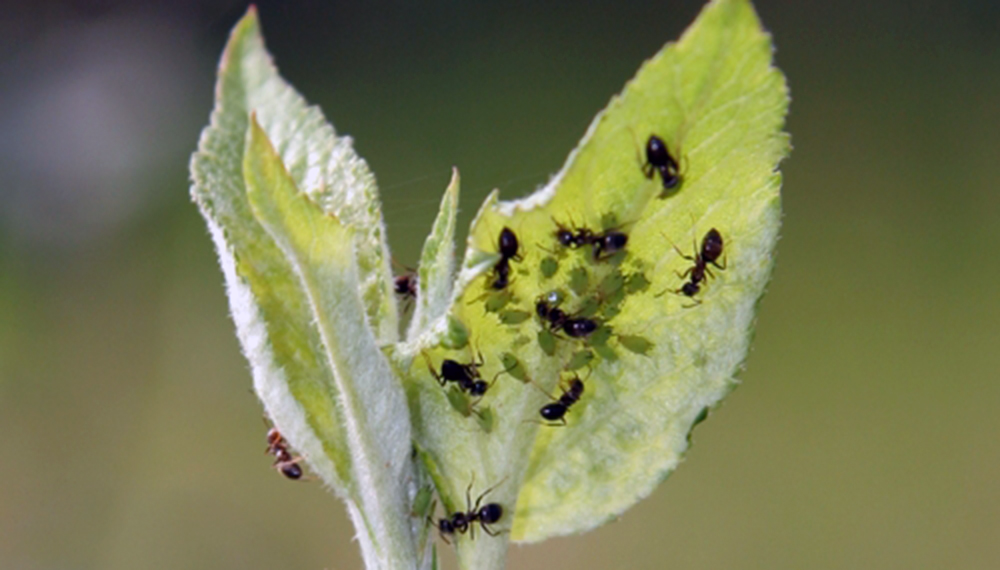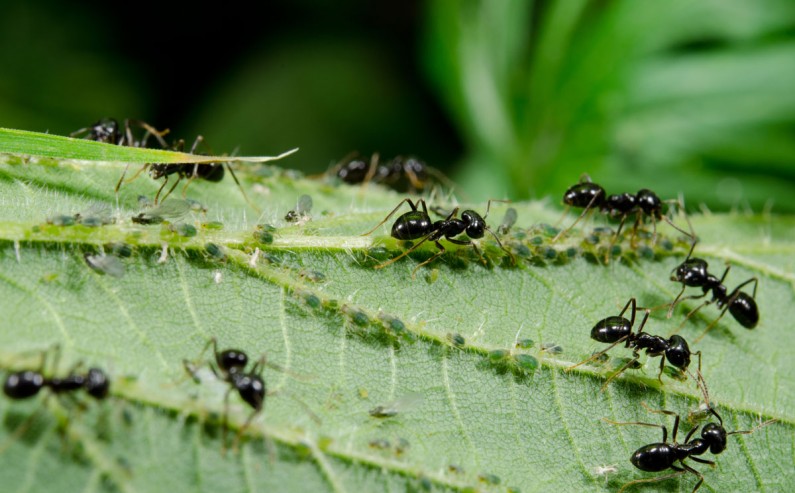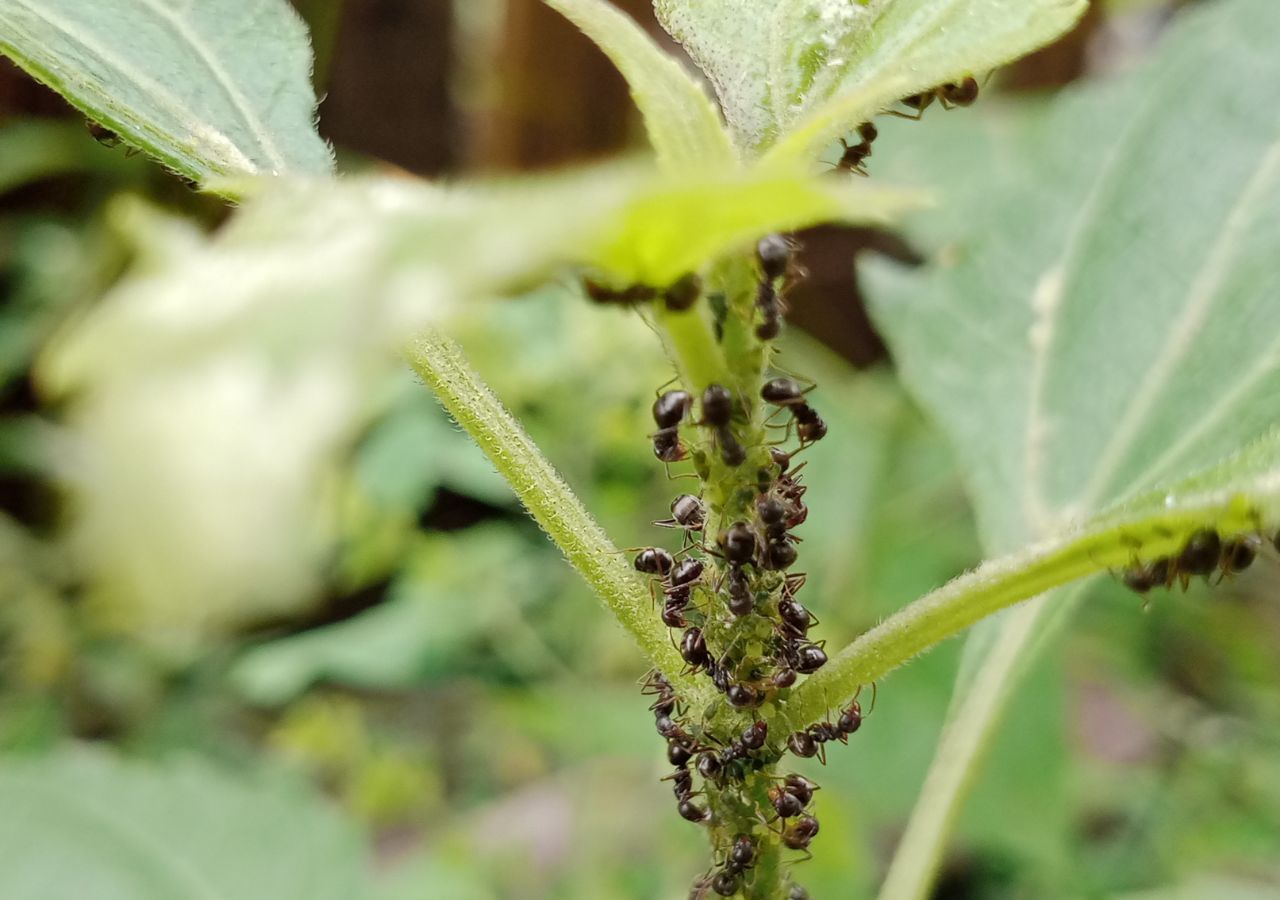
Ants
WHAT IT IS AND HOW TO ELIMINATE
Plantas decorativas de jardín y/o interior
Ants
Ants
Pathogen:
Insect
Type:
Risk to the plant:
INTERMEDIATE
Hormigas

WHO CAUSES IT?
Ants are social insects belonging to the Formicidae family, widely distributed throughout the world. They live in hierarchically organized colonies that include one or more queens, sterile workers and, at certain times of the year, winged males. The queen is in charge of reproduction and can live for several years, while the workers are in charge of collecting food, defending the nest and caring for the young. Ants are born from eggs laid by the queen; From these larvae can emerge that, fed differently, will become workers, soldiers or future queens. The larvae pupate and eventually emerge as adults. At certain times, there are swarms of winged males and females that leave the nest to mate, after which the new queens look for suitable places to found colonies. Some species establish symbioses with aphids and scale insects, which they protect and transfer to new plants in exchange for honeydew, which aggravates their impact on crops and gardens.
SYMPTOMS
In plants, the presence of ants does not usually cause significant direct damage, but it can indirectly promote serious problems by protecting pests such as aphids, scale insects or whiteflies. This association enhances the proliferation of these insects, which leads to a progressive deterioration in the health status of the plant. Additionally, some species of ants can build nests in roots or in pots, causing structural destabilization or making watering difficult.
- Constant presence of ants on leaves, stems and buds
- Accumulation of honeydew or sticky substances on the leaves
- Excessive proliferation of aphids or scale insects accompanied by ants
- Formation of nests in the substrate or near the root system
- Weak or yellow sprouting due to stress caused by associated pests
- Leaves curled or deformed due to the indirect effect of aphids
- Damage to the soil structure or excavation irrigation systems


DEVELOPMENT CONDITIONS
Temperature:
18°C - 32°C
Humidity:
45% - 75%
HOW IS IT SPREAD?
Soil movement, Contact between plants, Contaminated irrigation, Plant remains, Agricultural tools, Reused pots, Transplant material
HOW TO ELIMINATE IT?
Home treatments
Natural allies
There are no natural allies
Chemical treatments
There are no treatments for this disease. Treatments are directed at the insect vectors that transmit it. See insect treatments.
RECOMMENDED PRODUCTS TO ELIMINATE THE PEST
REPELLENT PLANTS
Mint, Lavender, Rue, Rosemary
RECOMMENDATIONS
- Observe if the ants are bringing other insects to the plant
- Wash the leaves with water to remove the honeydew and prevent it from returning
- You can use physical barriers such as tape or whitewash the stem so they don't climb
- Avoid leaving food scraps or sweets near the crop
- Apply diatomaceous earth or wood ash around the stem as a natural barrier
- If there are aphids or other pests, treat them first so that the ants disappear
- In more serious cases, specific baits for ants can be used away from the plants
















